Button battery - importance of wordly lithium battery
With the advent of technology, bulky batteries compared to lightweight and thin batteries are reduced significantly. We also talked about the 2450 battery before, if you are interested, you can check it out. A button battery is a device that occurs in a tiny disc-shaped appearance and button batteries are mainly divided into three categories: alkaline batteries, lithium ion batteries and silver oxide batteries.
Physically, they are interchangeable. They are so appealing based on the size and Convenience. A button battery is quite handy, inexpensive, and provides effective productivity. Do you want to know more about such fascinating and durable button batteries?
Let’s dive into this fruitful article. You won’t regret reading this.
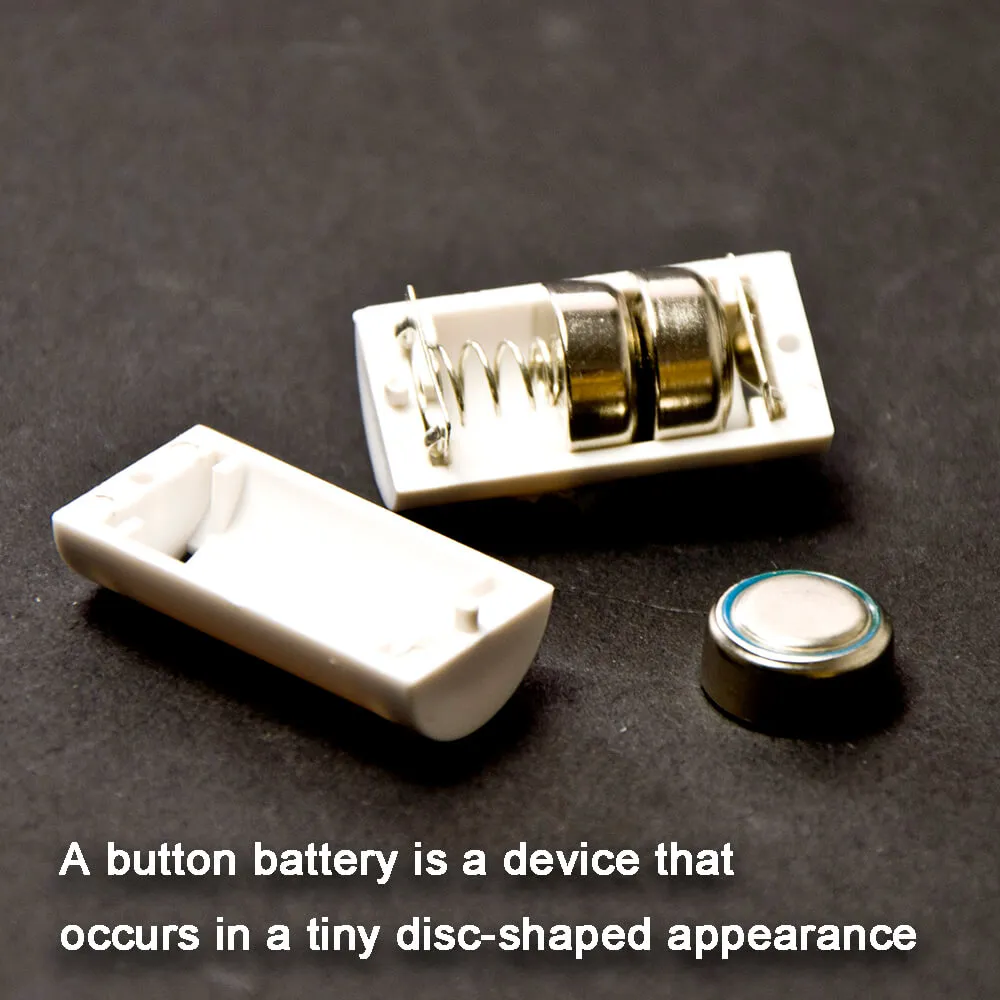

Is a button battery a lithium battery
A button battery is a small-sized, polished, coin-shaped cell that people use to drive various devices. It finds its best place in household devices.
Not all button batteries are lithium batteries, but it is a combination of various chemicals like:
- Zinc
- Lithium
- Manganese
- Silver
A button battery (lithium-coin battery) is suitable for small and lower-power devices. Apart from its significance, Children and toddlers may swallow coin cell batteries if left unchecked, potentially creating a sudden and dangerous event.
Such batteries come in good packaging in the marketplace. Try to purchase button batteries from reliable sources. Lithium-ion batteries have relatively high operating voltage and energy density, Like professional battery companies low self-discharge rate, rechargeable, and long cycle life. More importantly, it is mercury-free and lead-free, which is especially environmentally friendly.
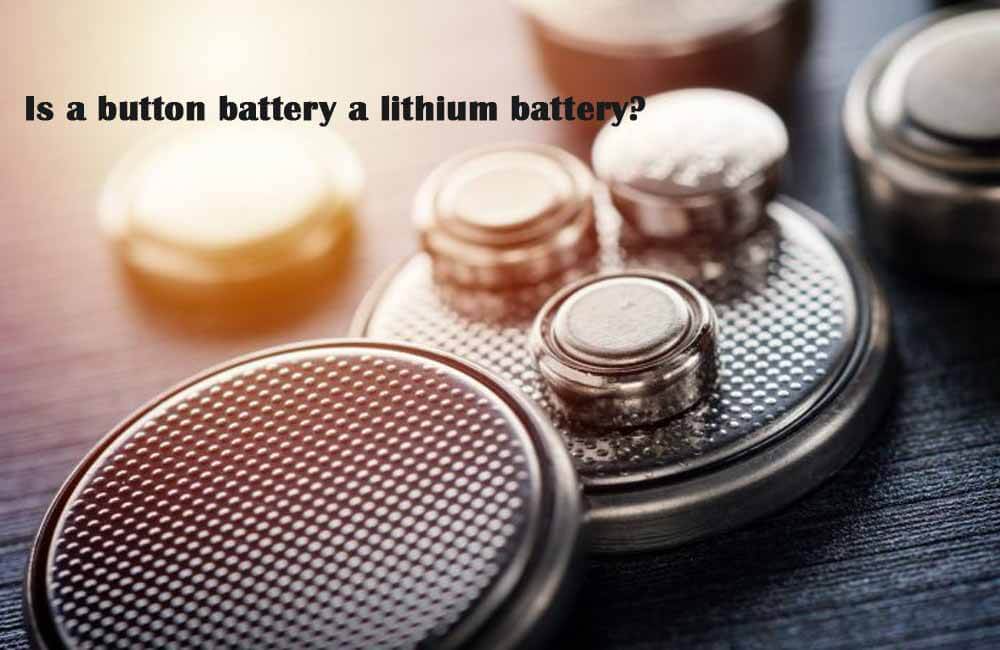
What is the difference between button batteries
Button batteries are one of the competitive batteries present in the marketplace due to their usefulness. These batteries are pronounced with many names based on their shape and dimensions.
There are several common button batteries according to their chemical composition: carbon, alkaline, zinc-silver oxide, zinc-air, lithium-manganese dioxide, nickel-cadmium rechargeable button batteries, nickel-hydrogen rechargeable button batteries, etc.
Next, briefly understand the types of common button batteries:
Alkaline button battery
The standard voltage is 1.5v, and the alkaline button battery (LR battery) is a small primary battery using manganese dioxide for the positive electrode, zinc for the negative electrode, and alkaline aqueous solution for the electrolyte. Widely used in toys and medical equipment and other purposes. The disadvantage is that the energy density is not enough and the discharge voltage is not stable enough.
Lithium battery button battery
The common one-time lithium battery is manganese lithium battery, the nominal voltage is 3v. The lithium manganese one-time button battery is mostly used in electronic dictionaries, motherboard CMOS batteries, watches and so on.
Silver oxide button battery
The button battery has a large capacity and a large amount of applications. There are two series of “SR” and “SRSW”. Different silver oxide content: “SR” series has low silver content, “SRSW” series has high silver content
Mercury button battery
Also known as mercury battery, the nominal voltage is 1.35. Although it can be used at high temperature, its low temperature performance is not good and it is not environmentally friendly.
Lithium-ion button battery
The standard voltage is 3v, the working voltage and energy density of lithium-ion batteries are relatively high, but the self-discharge rate is low, rechargeable, and the cycle life is long. More importantly, it is mercury-free and lead-free, which is especially environmentally friendly. and higher specific energy.
Lithium-ion button batteries are used in a wide range of applications. Small appliances that require batteries can generally use lithium-ion batteries of suitable capacity and size, such as medical products, Internet of Things.
Lithium button battery is the great one. Because they have twice the battery life of alkaline batteries, they cost more. A lithium coin cell battery is better than two alkaline or silver coin cells.

How long does a button cell battery last
You can make a button cell battery that lasts longer depending on the kind of battery you are utilizing for your remote equipment.
Before making a purchase, try to read the details mentioned on it. Look for the time limit or an expiry date that is the most significant thing. The working limit of a button battery solely relies upon the types of button cell such as:
- Silver (3 years durability)
- Zinc (2 years lifespan)
- Lithium-coin cell (10 years reliability)
- Alkaline (3 years lifespan)
Place your button cell battery in a moderate temperature and humidity level for effective performance. Therefore, if you don’t want to change the battery frequently, you’d better choose a long-life lithium coin cell battery.
How do you make it last longer
Are you tired of changing batteries frequently?
Do not worry. We offer you some fantastic tips that make a button battery last longer.
Tips for long lifespan
- Shut down your electronic devices when not in use.
- You can take off the battery from the equipment after usage.
- Avoid placing a button battery in a harsh or dry environment to make it user-friendly and last longer.

How do button batteries work
Button battery is the tiny cells used to power up remote devices. Button batteries contain a round diameter and two electrodes (metals).
They use an electrolyte for partition purposes between the electrodes.
When we charge the button battery, lithium ions are formed on the positive electrode of the battery, and the formed lithium ions move to the negative electrode through the electrolyte.
The carbon of the negative electrode of the button battery is in a layered structure, and the lithium ions reaching the negative electrode are embedded in the micropores of the carbon layer. The more lithium ions embedded, the higher the charging capacity.
What devices use button batteries
People use button battery in numerous devices in their everyday use.
The equipment which include these batteries are:
- Toys
- Musical cards
- Hearing aids
- Wireless watches
- Thermometers
- Car keys
- Watches
- Kitchen scales
- Gaming headsets
- Calculators
- Tea light candles
- Decoration pieces
- Electronic remotes

How do button batteries cause death
Besides their importance in everyday life, Button batteries cause severe issues in toddlers when they are not in observation.
A button battery gets lodged in the esophagus of the young ones and burns the internal lining by producing electric chokes on the target area.
As it constitutes lithium ions, it devastatingly affects the air pipes, lungs, tissues, and blood vessels.
The infection and bleeding in these areas lead to chronic issues. Such hazards eventually lead to death when no immediate medical treatment is provided.
A button battery is dangerous as kids may treat them as toys or small buttons. They may take them into the ears or nostrils that produce pain and irritation.
After getting into the ears and nose, these minute cells cause damage to the eardrum and nasal septum. If no proper medical checkup is provided, it may lead to a long-term disability of hearing and breathing. I’m amazed that these little button batteries look cute but are risky for little kids.
What happens if a child swallows a button battery

that have insane effects when swallowed by young ones into the esophagus.
These button batteries cause choking problems in the little kids.
Is your child willing to play with these small and round button batteries?
Does the child take them in his mouth as a means of candy?
It’s worth noticing.When a young child takes them in the mouth, these cells are readily stuck into the esophagus and block the passage resulting in windpipe clogging.
The chemicals present in the battery cause severe burns inside the body.
Some button battery contains mercury which proves dreadful for kids.
Swallowing these batteries cause damage to internal tissues in the tracts, which restrict the intake of a child’s food.Therefore, it is best to choose non-toxic and mercury-free batteries that are harmless to the environment, which is the guarantee for our health.

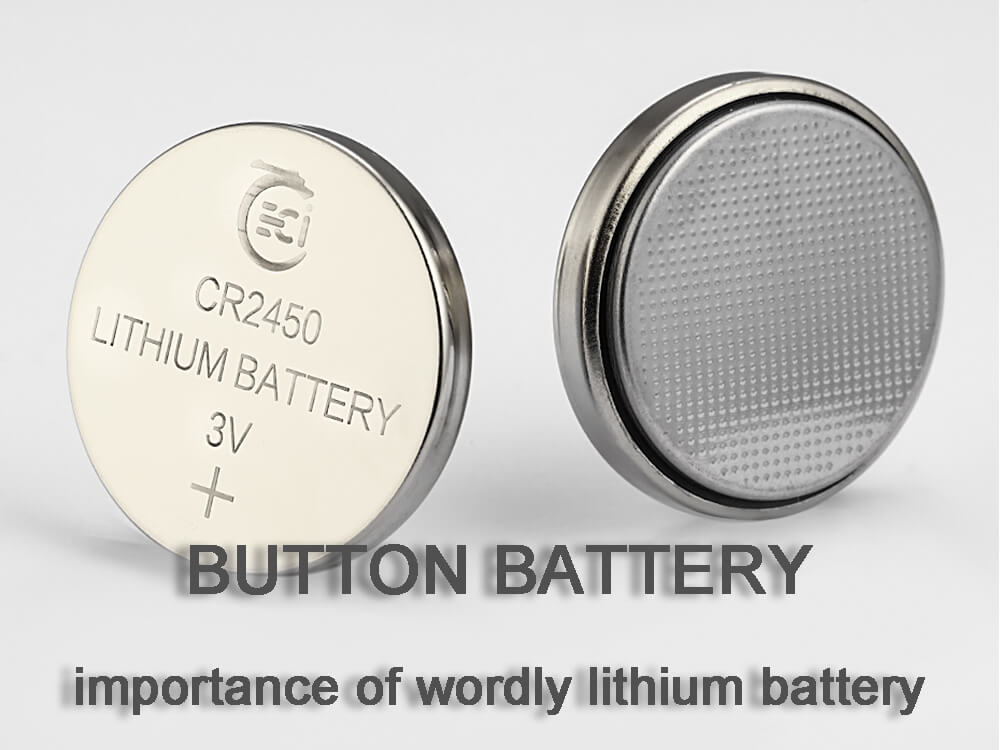
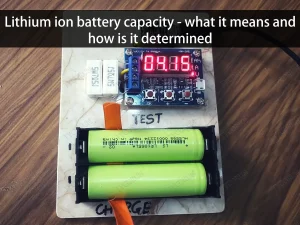
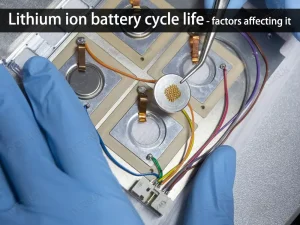
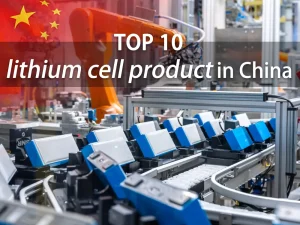



















2 thoughts on “Button battery – importance of wordly lithium battery”
We’re a group of volunteers and starting a new scheme in our community. Your website offered us with useful information to paintings on. You have performed an impressive activity and our entire group might be thankful to you.
nice post!